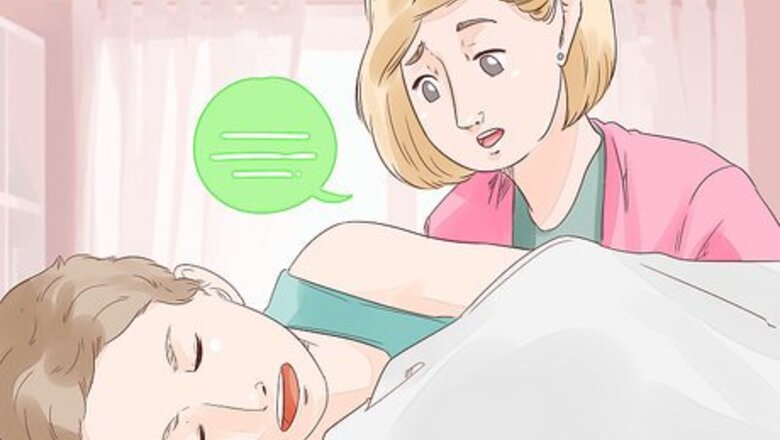
views
X
Expert Source
Marc Kayem, MDSleep Specialist
Expert Interview. 24 October 2019.
If the person does not wake up, you will need to check their breathing. Also check for symptoms of unconsciousness like incontinence. If they are unresponsive for more than a minute, then you will need to roll them on their side and call emergency services. Call emergency services immediately if they are not breathing or have a serious injury.
- A sleeping person will respond to stimuli, while an unconscious person will not.
- Check if someone is conscious by gently shaking them or making a loud noise.
- Symptoms of unconsciousness include confusion, lightheadedness, drowsiness, and rapid heartbeat.
How is sleeping different from being unconscious?
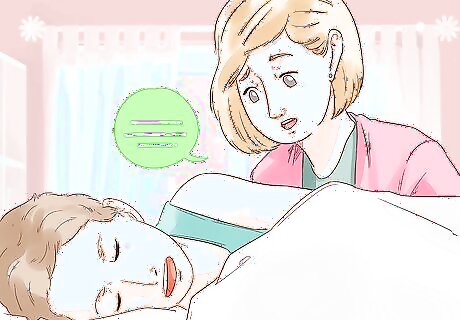
Someone who is asleep will respond to stimuli. One way to determine if someone is sleeping is by talking to them. Kneel or bend next to the person and gently say their name, tell them to open their eyes, or ask them if they are all right. Repeat this for five minutes or until the person wakes up. For example, “Jim, are you awake? If you can hear me, open your eyes. Jim?”
Ways to Check Responsiveness

Gently shake the person. Place your hand on their shoulder and gently shake them. You can do this in combination with saying their name or asking if they are awake. Do not shake them aggressively, shake their head, slap, or flick their face. You can also try gently rubbing their cheek or head/forehead to wake the person up.
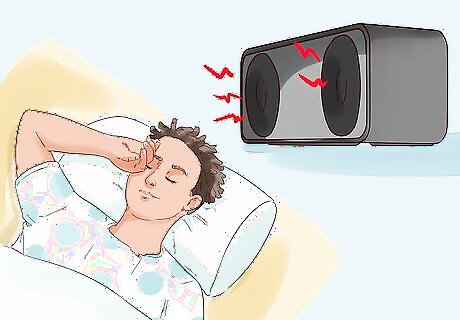
Make a loud noise. Turning on the radio or TV, closing the door, loudly tapping on something, or playing an instrument may prompt someone to wake up, as well. However, do not play or make loud noises too close to the person’s ear. This may startle the person or cause damage to their hearing.
First Aid Tips
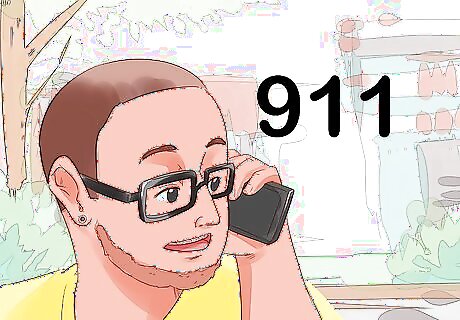
Call emergency services. Once the person is in the recovery position, call emergency services for emergency medical help. Keep monitoring their breathing until the medics arrive. If they stop breathing you or someone else will need to perform CPR. Call emergency services if the person is injured, has diabetes, has seizures, has lost control of their bladder or bowels, is pregnant, is over age 50, or is unconscious for more than one minute. If the person wakes up and feels discomfort, pressure, or pain in their chest, or if they have an irregular or pounding heartbeat, then call emergency services. Also call emergency services if the person has vision problems or cannot speak or move their legs.
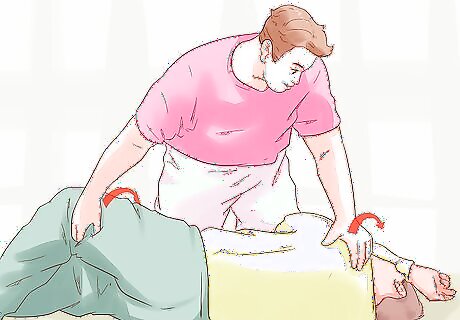
Roll them. Kneel by their side and place their arm closest to you at a right angle to their body with their palm facing up. Place their other hand across their chest with the back of their palm lying flat against their cheek. Hold this arm in place with your hand. Then, with your other hand, pull their farther knee up and over their other leg until their foot is flat on the ground. Gently pull on their lifted knee and roll them toward you until they are on their side. Now they are in a recovery position. You should do this if the person is unresponsive for more than a minute, but still breathing and lying on their back. If you think the victim has a spinal injury, do not roll or move them.
Determining the Severity of Their Symptoms
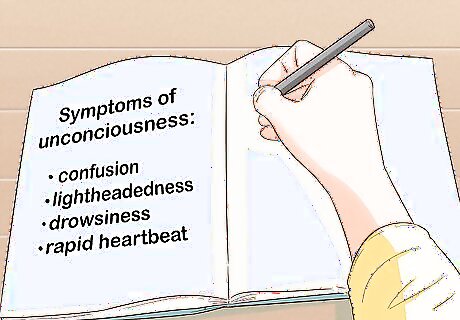
Look for symptoms of unconsciousness. If the person wakes up, then check for the following symptoms: amnesia, headache, confusion, lightheadedness, drowsiness, or a rapid heartbeat. Also, check to see if they have the ability to move all of their body parts. Ask them, “How do you feel?” “Can you wiggle your toes and move your fingers?” and “Do you feel any pain or discomfort in your chest?” If the person is unresponsive, then check for a loss of bladder or bowel control, i.e., incontinence. If incontinence is present, then call emergency services. Unconsciousness is caused by major illness or injury, substance or alcohol use, or choking on an object. Brief unconsciousness, or fainting is caused by dehydration, low blood sugar, temporary low blood pressure, or even serious heart or nervous system problems.
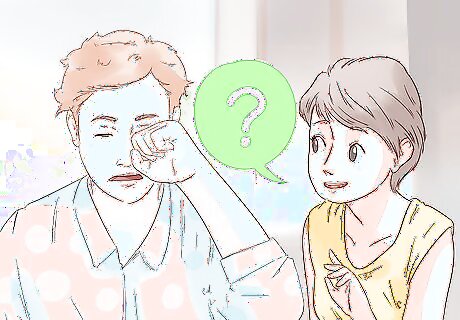
Ask them questions. If the person wakes up, you will need to determine how alert they are. Do this by asking them simple questions such as, “What is your name?” “What is the date?” and “How old are you?” If the person is unable to answer the questions or provides the wrong answers, then this means that a change in mental status has occurred. You will need to call emergency services or a doctor immediately. If you witness the person fainting—collapsing with a brief period of unconsciousness—and exhibiting a change in mental status, the person has chest pain or discomfort, is experiencing pounding or irregular heartbeat, cannot move their extremities, or has vision problems, then seek emergency medical help.
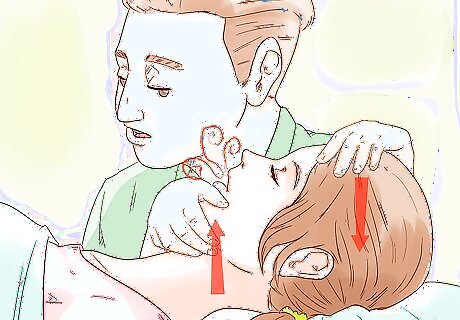
Check their breathing. If the person is unresponsive, place one hand on their forehead and tilt their head back gently. Their mouth should slightly open reflexively. At the same time, place your other hand on their chin and lift it. Move your head close to the person’s mouth to see if you can feel their breath on your face or hear them breathing. Also examine their chest area to see if it is moving up and down to determine if they are breathing. If they are not breathing, then you will need to perform CPR and call emergency services. If you witnessed the person choking on something, then perform abdominal thrusts, also known as the Heimlich Maneuver.










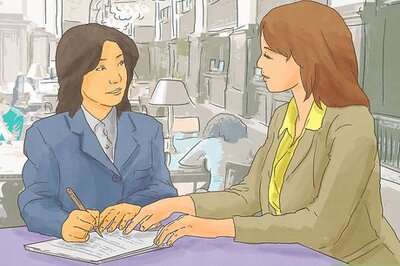








Comments
0 comment